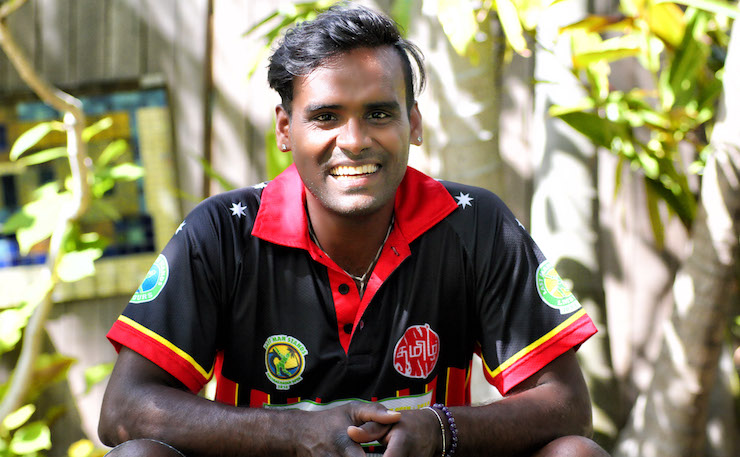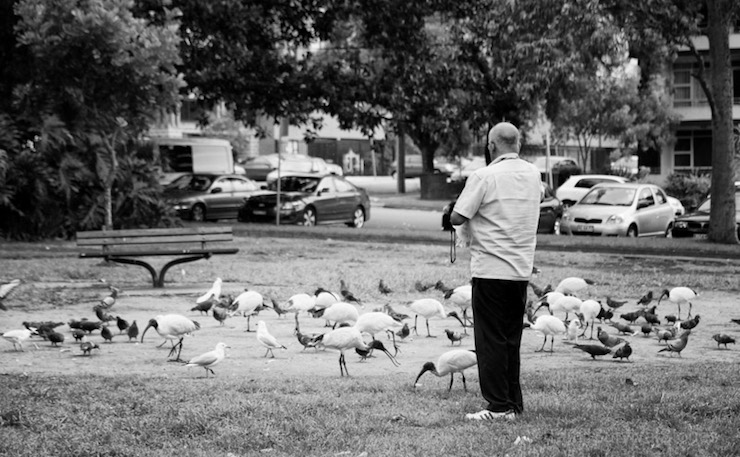Forgetting the horrors of Sri Lanka’s ‘killing fields’ plays into the narratives pushed by those responsible. That’s why we need to tell our story with our own voices, writes Brami Jegan.
It has taken me seven years to ask my 69-year-old father what happened in the last five months of the war in northern Sri Lanka. I had hoped that by keeping his experiences abstract I could insulate myself from his deep scars. But this has been impossible for those who care about him. Despite his creativity, positivity and unrelenting activism, he treads a delicate path through his pain and his guilt for having survived.
Tamil survivors who were in the war zone with him would tell us stories of how he would run into battle zones to pick up injured civilians, load them onto his rusty pickup truck, and drive them to makeshift hospitals in schools and under trees. Many would die on the way. Many would die when the “hospitals” were bombed by the Sri Lankan Army.
Recently I was told that in the last days of the war, my father was digging graves with his hands to try and bury as many bodies as he could before the Sri Lankan Army closed in on the final patch of Liberation Tigers of Tamil Eelam (LTTE) held territory in northern Sri Lanka – an area now called ‘Sri Lanka’s Killing Fields’.
As much as I want to pretend that these stories are of a stranger in a distant land experiencing a horror I will never understand, I have come to realise that in doing this I am leaving the dominant narrative of the Tamils as framed by the Government of Sri Lanka unchallenged.

Sri Lanka’s ethnic conflict began in 1983 after decades of discriminatory policies and ethnic pogroms against the Tamil population.
In late 2008 after numerous failed ceasefires, the Sinhalese dominated Government of Sri Lanka orchestrated a brutal military campaign against the Tamil population in the north. The war ended on 18 May 2009 with the defeat of the LTTE. It is estimated that between 70,000 – 110,000 Tamils were killed in those final months.

The Government of Sri Lanka imprisoned the more than 300,000 Tamil survivors in internment camps in the aftermath. Thousands of Tamils would disappear in these camps. An unknown number of Tamils were tortured and raped in disclosed and undisclosed locations. 4,000 Tamils are still reportedly missing.
The conflict in Sri Lanka has been asymmetrically framed by the government and its ‘friends’ as one of victory against terrorism and restoration of order. This representation intentionally excludes inspiring stories of survival, evidence of war crimes, the legitimate grievances of the Tamils and their aspirations to self-determination.
As Eelam Tamils, each one of us in the diaspora and in our homeland has a story of survival. In our actions, memories, homes, parents, words, art, activism, ancestors, and land there is a powerful story of an identity’s survival. It needs to be told in our voice.
Tamil Survival Stories is a photographic journey through the survival of the Eelam Tamils, the preservation of their identity across the globe and the role of women in this story.
It hopes to complement other story-telling including Humans Of Northern Sri Lanka, Eyewitness: Sri Lanka’s Killing Fields and Roots of Diaspora.
One day my community will build an Eelam Tamil genocide museum. Until then, perhaps this collection of stories can provide another window into some of the people, objects and stories of our past and present.
Tamil Survival Stories can be seen on Tumblr, Facebook, and Instagram. Brami hopes to travel to Toronto, Europe and Tamil Nadu as part of this project. You can get in touch with her via brami.jegan@gmail.com.
Donate To New Matilda
New Matilda is a small, independent media outlet. We survive through reader contributions, and never losing a lawsuit. If you got something from this article, giving something back helps us to continue speaking truth to power. Every little bit counts.





